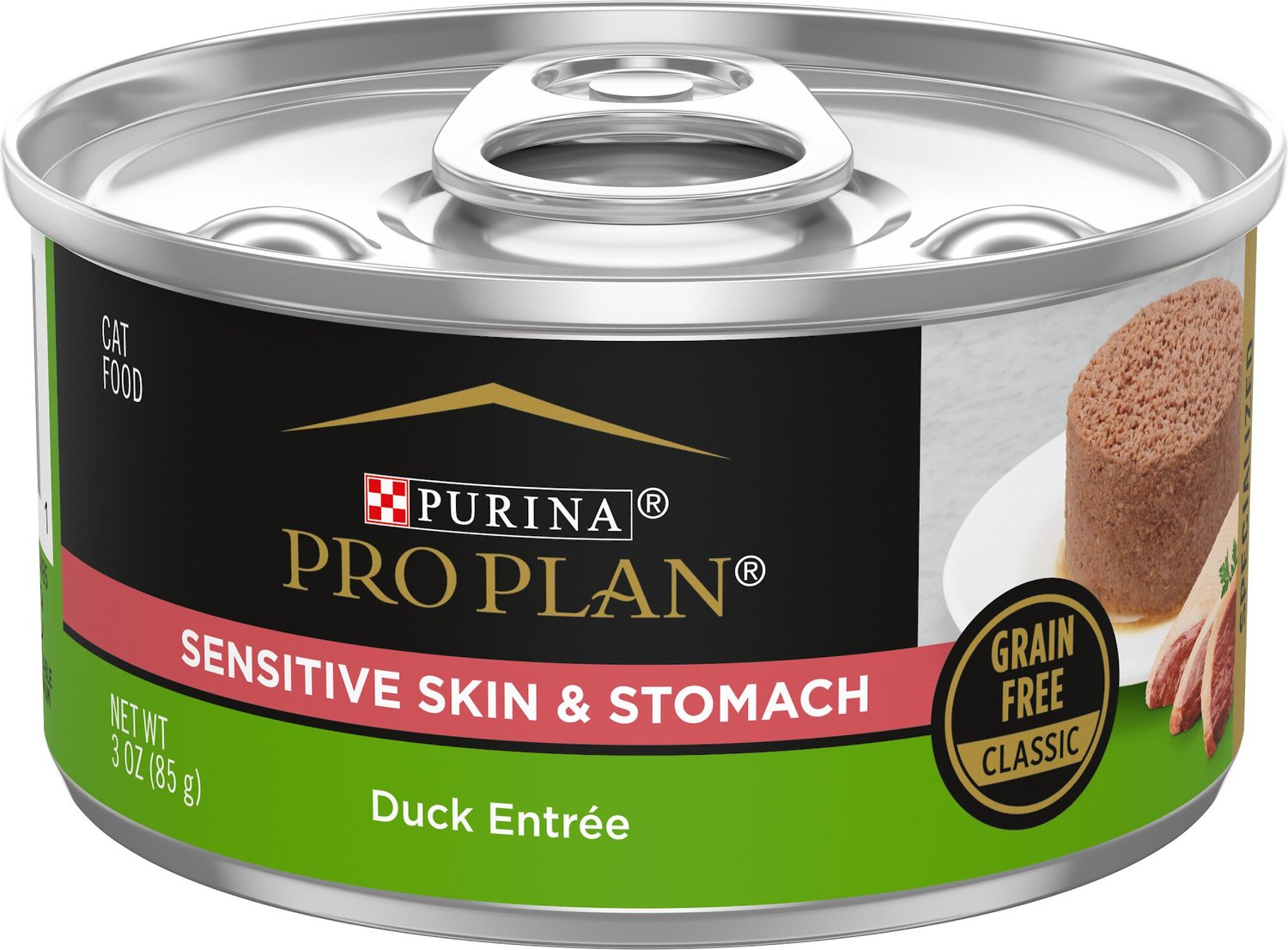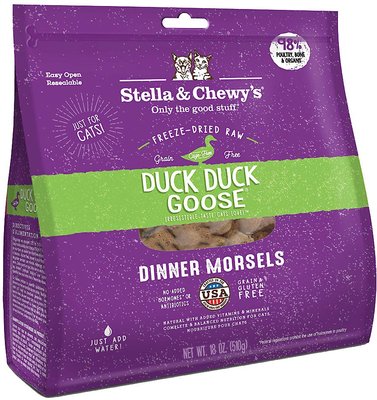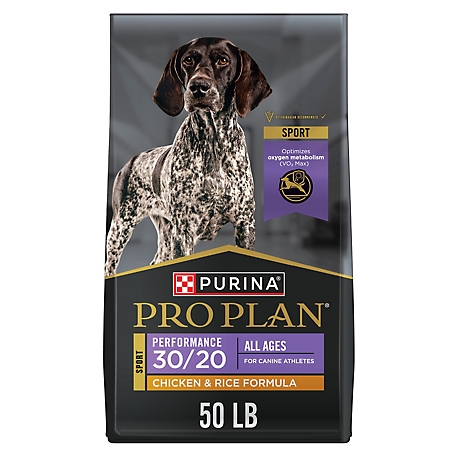Arm & Hammer Double Duty Clumping Cat Litter, 29lbs. Box
The Arm & Hammer Double-Duty Clumping Cat Litter features a breakthrough formula that destroys urine and feces odors on contact for dual advanced odor control that helps your home stay fresh and clean. The clumping cat litter includes hard clumps that let you remove the source of odors quickly and easily. This cat litter also comes in a fresh scent that refreshes litter every time your cat uses the litter box.
The Arm & Hammer Double-Duty Clumping Cat Litter features a breakthrough formula that destroys urine and feces odors on contact for dual advanced odor control that helps your home stay fresh and clean. The clumping cat litter includes hard clumps that let you remove the source of odors quickly and easily. This cat litter also comes in a fresh scent that refreshes litter every time your cat uses the litter box.
- Double Duty Cat Litter Destroys Urine and Feces Odors Instantly
- Odor control with powerful moisture-activated baking soda crystals to eliminate odors on contact
- The Double Duty Formula is 99.9% Dust Free and Low Tracking
- Easy pour and no-spill spout for less mess
- Fresh scent refreshes litter every time your cat uses the litter box; available in fragrance-free
- Cat litter comes in a 29 lb. container
- Hard clumps let you remove the source of odors quickly and easily
Additional information
| Clumping or Non-Clumping | Clumping |
|---|---|
| Container Type | Box |
| Country of Origin | Made in USA |
| Dust Free | Yes |
| Life Stage | All |
| Odor Control | Neutralizer |
| Pet Size | All |
| Product Height | 13.063 in. |
| Product Length | 5.875 in. |
| Product Weight | 30.7 lb. |
| Product Width | 11.938 in. |
| Cat Litter Packaging Type | Box |
| Litter Features | Dust Free |
| Volume | 29 lbs. |
| Manufacturer Part Number | 97511 |











by Mike
No dust last longer
by Maranda
Great stuff especially if you have cats with strong urine.
by Louis
Works amazing no dust and makes huge clumps